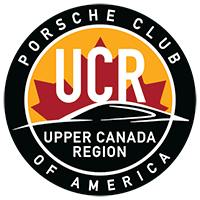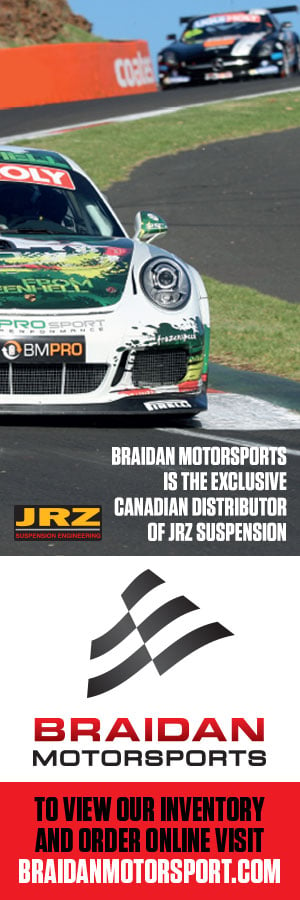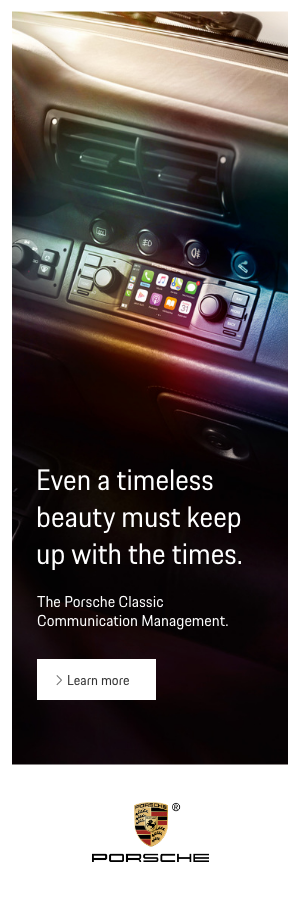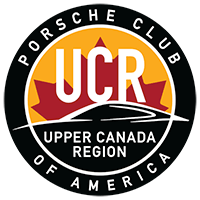AFTER RECENTLY having the opportunity to attend the London Air Show in Ontario, thanks to the event’s Communications Director, Susan McElroy, my mind turned to wondering just what the similarities between flying and driving are. Or rather, in this case, high performance flying vs. high performance driving and, in my particular case, being an avid participant in race track lapping events, Planes vs. Porsches.
The London Air Show was impressive, to say the least and, despite the weather not supplying the best of lighting for my photography that day, the close proximity of the airplanes going through their impressive performances, the smells, the sounds, the general excitement – all of that led to my later musings.
Certainly, we can look at the obvious similarities, between flying and performance driving. There are the G-forces experienced in both with, of course, the airplane pilot being subjected to much higher G’s (both positive and negative), in tight turns (positive Gs), and in practicing basic maneuvers, such as stalls (negative and positive g’s), and in unusual attitude recovery exercises that often lead to +/- G factors of ‘2’ or higher. I have experienced similar lateral G-loads in the 911 but nothing comparable in negative (thankfully) or positive loads.
Then there are aerodynamic aids on both, cars and airplanes. Similar aerodynamic aids, when it comes to stability (spoilers, aero kits) and drag reduction (overall shape), but differences when it comes to aircraft, where control surfaces and things like vortex generators are used to prolong lift and reduce stall speeds, and to give greater controllability, come into play.
There certainly is a high level of skill required for both – it is said that anyone who is a skilled driver can learn to fly an aircraft. If they have the control and coordination to drive a car in a high-performance situation, then they likely have the ability to fly an aircraft. Both require good hand-eye coordination, good reflexes, the ability to read and react to changing situations, knowing the vehicle, and being in tune with any changes in vehicle performance or its systems.
There are also line of sight and orientation similarities and differences – orientation or the sight picture tends to remain static when driving a car, while in flying, the sight picture changes as the plane moves through the different phases of flight. When on the ground, most small aircraft tend to sit nose high, limiting forward visibility. As the plane moves into the take-off phase, the nose remains high or is up even higher yet. Once in level cruise, the nose lowers, allowing a better view, and scanning for traffic and navigation becomes easier. Moving back into the landing phase, the nose of the aircraft remains level during approach and then will rise as the aircraft slows and enters the ‘flare’ to touch down.
There are only three sports: bullfighting, motor racing, and mountaineering; all the rest are merely games.
— Ernest Hemingway
Let’s take this discussion one step further. A famous quote says that, “There are only three sports: bullfighting, motor racing, and mountaineering; all the rest are merely games”. As an interesting side note, while this quote is mostly attributed to Ernest Hemingway, I have found when looking it up, that there is no actual proof of this and that the quote should possibly be more correctly credited to Ken Purdy. Be that as it may, we obviously cannot take the quote literally. While many athletic endeavours are indeed ‘games’, I would argue that flying, and particularly sport flying or stunt flying, airplane racing, etc. are certainly not – they are a sport indeed. In my brief research on the subject, I have come across a number of interesting facts. For example, the world’s first major international flying meeting was held in the champagne growing region of France, near the historic cathedral city of Reims, in August 1909, according to the Smithsonian Institute. Many years before Hemingway’s or Purdy’s quote.
Fans of the Porsche marque and racing folklore may also want to look up the endeavours of the Whittington brothers who raced a Porsche 935 to overall victory at the 1979 running of the 24 Hours of Le Mans after spending loads of cash, reportedly delivered in garbage bags, buying Porsche race cars and spare parts like they were going out of style to compete very competitively in IMSA sports car racing in the United States. What brings this infamous duo to mind is that they also raced airplanes – we’re talking low to the ground, the plane on its side, with the wing tips almost grazing the ground, going across a flat terrain around poles demarking the course, at extremely high rates of speed.
Note from Wikipedia: “The Whittington brothers also raced aircraft at the Reno Air Races, including the highly modified P- 51D “Precious Metal”, which set a qualifying record of 438.018 mph (704.922 km/h) in 1976. Between 1976 and 1995, they raced four different P-51 Mustangs (including a rare H model and a Rolls-Royce Griffon powered P-51D), an F8F Bearcat and a P-63 King Cobra. While they never scored a victory, Don in “Precious Metal” earned three podium finishes and was top qualifier twice. I’d like to thank Adriano Bernaudo the Marketing Manager at Porsche Centre North Toronto, for forwarding my questions to Joe Nash, Service Manager at PCNT and for his insights and feedback to my flying questions, as he is also an accomplished pilot. </>
Story and Photos by Eshel Zweig | With notes from Joe Nash, Service Manager at PCNT




















